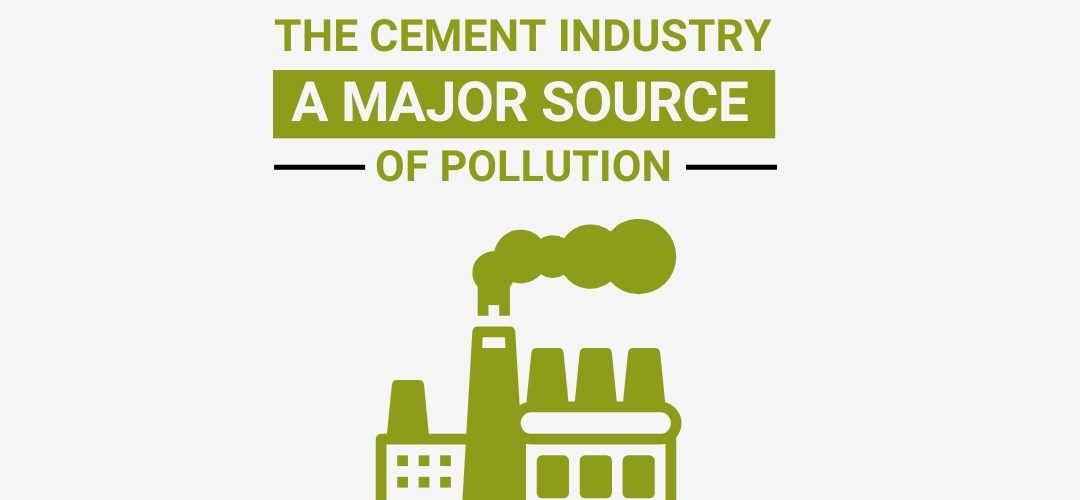The cement industry is one of the most polluting industries in the world. It is responsible for about 7% of global carbon dioxide emissions, and it also produces a variety of other pollutants, including sulfur dioxide, nitrogen oxides, and particulate matter. These pollutants can have a significant impact on human health and the environment.
The Environmental Impact of Cement Production
The environmental impact of cement production can be divided into two main categories:
- Air pollution: The production of cement releases a variety of air pollutants, including sulfur dioxide, nitrogen oxides, and particulate matter. These pollutants can cause a variety of health problems, including respiratory problems, heart disease, and cancer. They can also contribute to acid rain, smog, and climate change.
- Water pollution: The production of cement also requires a large amount of water. This water can be contaminated with pollutants from the cement manufacturing process, and it can also be depleted from local water resources.
The Current Scenario of the Cement Industry
The cement industry is currently facing a number of challenges, including:
- The need to reduce emissions: The cement industry is under increasing pressure to reduce its emissions in order to combat climate change.
- The need to find new sources of raw materials: The world’s supply of limestone, the main raw material for cement, is limited. The industry is therefore looking for new sources of raw materials, such as fly ash and slag.
- The need to improve efficiency: The cement industry is also looking for ways to improve its efficiency in order to reduce its environmental impact.
The Future of the Cement Industry
The future of the cement industry is uncertain. The industry is facing a number of challenges, but it is also developing new technologies that could help to reduce its environmental impact. The future of the cement industry will depend on the success of these new technologies.
What Can Be Done to Reduce the Environmental Impact of the Cement Industry?
There are a number of things that can be done to reduce the environmental impact of the cement industry. These include:
- Using cleaner fuels: The cement industry can reduce its emissions by using cleaner fuels, such as natural gas or biomass.
- Improving efficiency: The cement industry can also reduce its emissions by improving its efficiency. This can be done by using more efficient kilns and by reducing the amount of energy used in the production process.
- Finding new sources of raw materials: The cement industry can also reduce its environmental impact by finding new sources of raw materials, such as fly ash and slag. These materials are a byproduct of other industrial processes, and they can be used to replace limestone in the production of cement.
- Developing new technologies: The cement industry is also developing new technologies that could help to reduce its environmental impact. These technologies include carbon capture and storage, which could help to capture and store the carbon dioxide emissions from cement production.
The cement industry is a major polluter, but there are a number of things that can be done to reduce its environmental impact. By using cleaner fuels, improving efficiency, finding new sources of raw materials, and developing new technologies, the cement industry can become more sustainable and less harmful to the environment.
ProIndia is a consulting firm that helps businesses and organizations achieve their sustainability goals. They offer a variety of services, including:
- EPR audit and compliance: ProIndia can help businesses to comply with the Extended Producer Responsibility (EPR) regulations in India by quick and smooth transfer of credits.
- ESG consulting: ProIndia can help businesses to develop and implement ESG (Environmental, Social, and Governance) strategies.
- Social impact: ProIndia works with businesses and organizations to create social impact through their sustainability initiatives.
Blog by: Avinash Karn
Pro India



